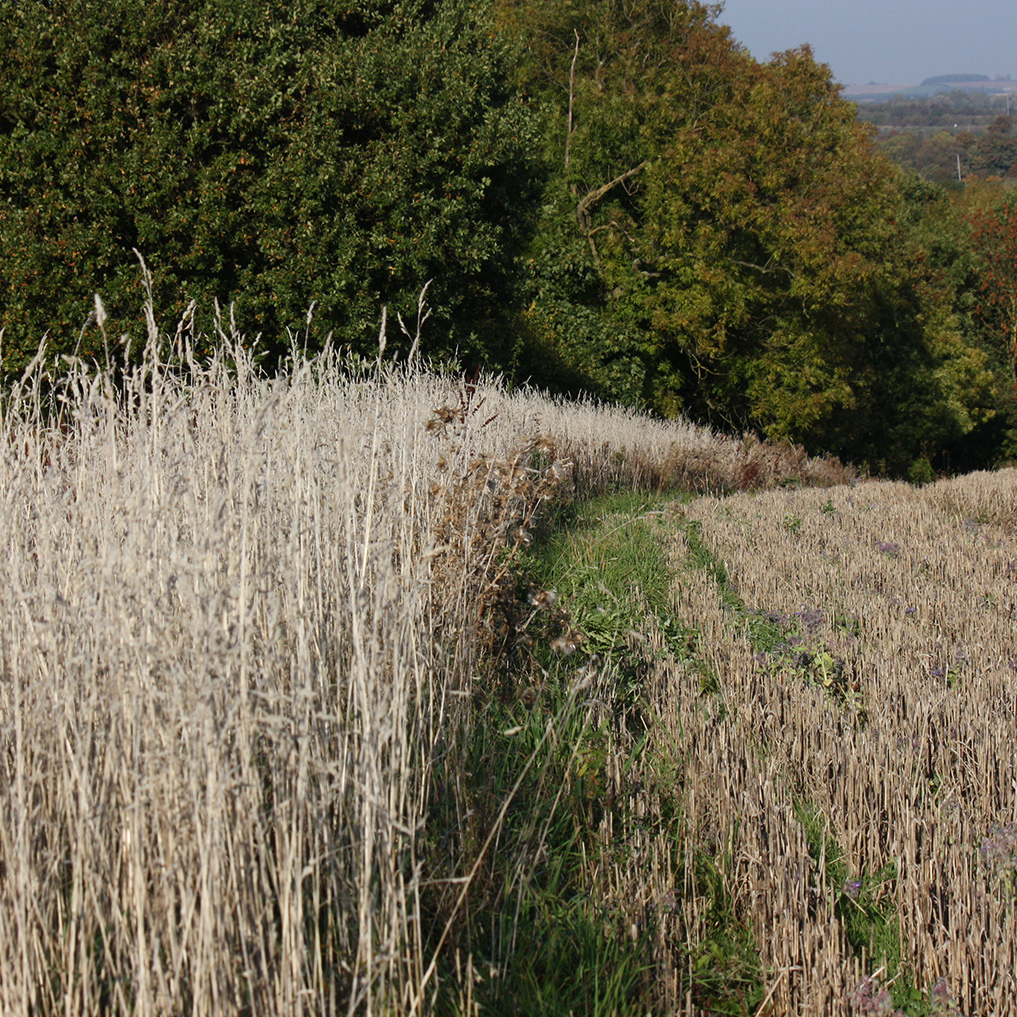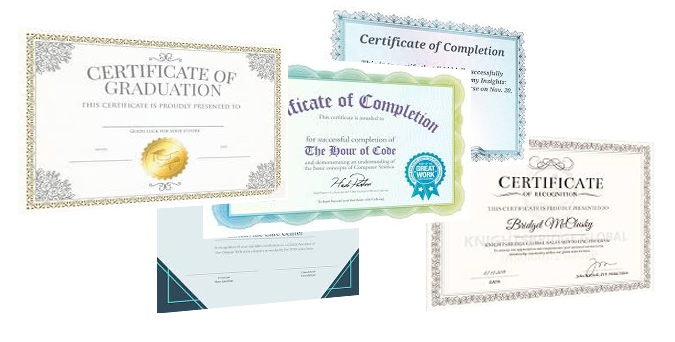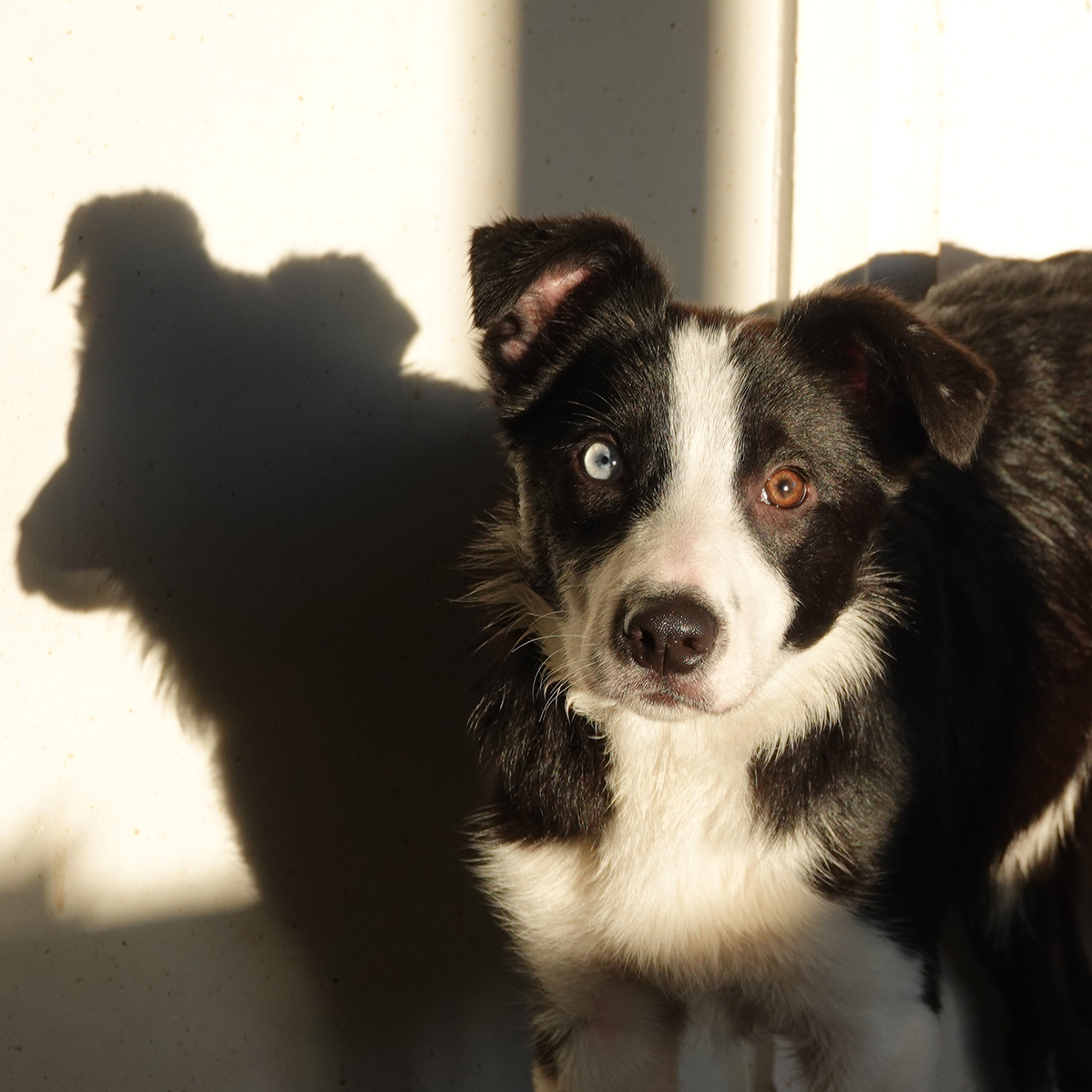Wheat or Chaff?

Chaff is indigestible by humans, but livestock can eat it and in agriculture it is used as livestock fodder, or is a waste material ploughed into the soil or burned.
Oh yeah. Lots of Chaff blowing in the wind at present.
My ribs were been jabbed more than a few times during the first few lockdown weeks in the boom, or bloom, in online learning in particular the video-teaching fest. This was not a healthy bloom in all cases. Many innocents are still being sold pure chaff in the forecourt of used car sales that is The Internet.
The video-advert that promises delights of online training and in just five minutes your dog will look as shiny and new as this only-one-previous-owner JackaPoo.
Run the sceptic app first
What is the purpose of this video? To sell a product, to instruct or to inspire? It should be clear from the first viewing. Often we are seeing an unhealthy blend of talking head, dripping treats into bored dog, convincing you of their innate expertise.
We see a dog tripping over stepping poles as the person lures the dog with eyes fixed to camera. A treat thrown behind a trainer, busy spewing verbal sunshine unaware of the dog desperately seeking a lost reward. The dog biting the hand that holds the toy.
If this is a sales pitch, then firmly put the correct hat on and ignore cuteness or faux-sunshine. Fold your arms, sit back and then walk away from the credit card for at least 24 hours. If it still attracts after you have researched potential options, then pay up, join up and let your friends know about your experience. Value for money, a well invested learning opportunity should be shared super-loud to drown out the explosion of fake click-baiting.
If this is to inspire then enjoy the emotional response, more than once. Save it and visit often. Ask what element inspires and how you could capture some of that inspiration. Is it within reach, perhaps just a small element you could enjoy? Inspiration often comes from the simplest of moments or from a lifetime of practice and understanding. We know that the simplicity of appearance derives from deeply skilful application. Run your in-built sceptic app to seek out ego as opposed to inspiration.
“Showing and telling is not teaching”
This popped up in an article I was browsing and is attributed to “Vargas”, whether Julie or Ernest is still under investigation.
Many videos are compiled on this philosophy that if you are shown what to do, told what to do, then you will learn what to do. But that is far from reality. Teaching a person how to do something is a quite different process. It is about engineering the environment so that you can learn, in your individual way, how to process the information, practice the key skills, self-assess how that practice is proceeding by comparing to …. what? Do you know what it should look like? Do you know what it should feel like? Are you aware of the potential errors, how to recognise them and prevent them?

Teaching is measured by what the student has learned.
Laurence, and all the rest of the skilled teachers in the world.
Turn the sound off
Watch the show-and-tell video with no sound. Let your visual impressions absorb without distraction. This is what I am looking for:
Connection flowing between the person and the dog and the dog and the person. A two-way feedback without a pause. Demonstrating a history of understanding, skills and experience of listening to the dog, responding to the dog, adjusting to the dog.
Continuous emotional balance that has no extremes, highs or dips. No immediate switch between arousal and confusion. Uncertainty interwoven with grab-bite play.
Smooth flow to the behaviours as they move from one to another and around the cycle of information, response and reward.
Clear information that is easily observed, where we can identify the moment of the cue, the understanding in the response and the mutual pleasure of the reward.
As the observer we understand what is being learned
If you need a full-running commentary to tell you what the dog is learning, then the dog is not learning. You are being sold.
The excuses for why this dog is not doing what is expected, is often an excuse for poor preparation or understanding.
The hand that is intended as a cue to sit but gets a nose bump from the dog. What has the dog learned? Hands are nose targets, the dog is not able to tell the difference.
The fingers that are bitten as the dog is lured to the down, the weave, round the object. What has the dog learned? Eat as quick as possible and eat fast.
The dog banging into the person or jumping out of the way of the person as they approach? What has the dog learned? Where is the spatial awareness, what is the key skill missing?
An overload of information is not an indication of expertise
You brain will only remember a few steps of a process, and probably the last steps when the first steps are probably most crucial. Loading with too much information, particularly when this is not relevant to you preparing to apply what you are learning is a distraction.
This is not the moment to tell you about which treats to use, where to place the treat pouch or which one to buy – that is definitely a “close the tab” moment and delete from your history.
If a series of prompts are needed before you can begin, then too much information is being delivered. Learning the action in small clusters, building the fluency and then combining those clusters. You do not want to be halfway through baking realise that you need to switch to another page to learn how to “blend flour”. The skills you need before you begin should be clear.

Poor presentation or poor preparation?
Presentation of a process should be well rehearsed, well prepared and contains many skills. Trying to be a trainer and be a presenter at the same time is beyond the skills of most of us. We are not cooks where “one has been prepared earlier”. Professional cooks have 1000s of hours of preparing that same dish, or using that same technique under extreme conditions to refine their skills. That does not make them good presenters, that is another skill set they will need to learn.
An amateur video showing poor preparation, where props are not in the right place, the background is too distracting or other dogs are off camera making a noise. Heads that get chopped off, dogs that run out of sight. Poor preparation in the skills of making a video.
Having a tool that can video does not make a videographer.
Watch and enjoy
… the learning experience that this person has just survived. The whole process of making an instructional video is a range of mountains, very few of which contain the description of “curve”. They are steep, sharp, with massive drops between the peaks.
So if the sun is shining and you have a camera – go make a video. You will need an entire new notebook to write down all the Things I Should Do Before I Make Another Video.
It is a learning experience in itself, and can have great value when you approach it as a learning opportunity. If you feel the urge to share it, keep it between friends, get some actionable feedback, then set aside the rest of the week to go and do it again and again and again.
As always with signing up for something new, there is nothing to beat personal recommendation – provided you share the same values and ambitions as that person and are not allergic to wheat.
Chaff makes great compost
when mixed with the
right bacteria.
Explore
COURSES

Build the Learning
Lifelong skills built in activities and play. A dog that is curious, confident, resilient with a natural enthusiasm for learning.
rewards skills
Learn about the fascinating landscape of rewards and how to make them the centre of your training and relationship.
Management or Training
Find a pathway to suit your lifestyle of living with dogs. When management temporarilly supports the learning, or choose training.
learn well
learn it once
Setter Members
Access to The Sett community and groups
Discount for all courses and videos 50%
Archives of previous courses and books
Share your learning, upgrade your thinking



Many online courses now coming up that are including the whole package, buy this package and start your own online dog training courses, like a book of recopies to read out.
That’s very different to those who are taking their existing classes online in the current lock down, with social distancing likely to stay in place for a very long time.
I think it would better to guide budding teachers/trainers to courses that teach how to set up online training courses. Whether their subject is cookery, spinning, upholstery, or training cats.
So for the experience and knowledge they have and wish to pass on through an online business, while continuing to grow.
There is an excellent (long) article on this here. the-difference-between-emergency-remote-teaching-and-online-learning.
There are “complete” package for selling dog training online – only recently a rash of puppy courses, which are probably a lot better than the emergency conversion, but if you have the choice of 46 puppy courses from anywhere in the world, it still comes down to recommendation from a source you can trust.
A good read.
Thank you.